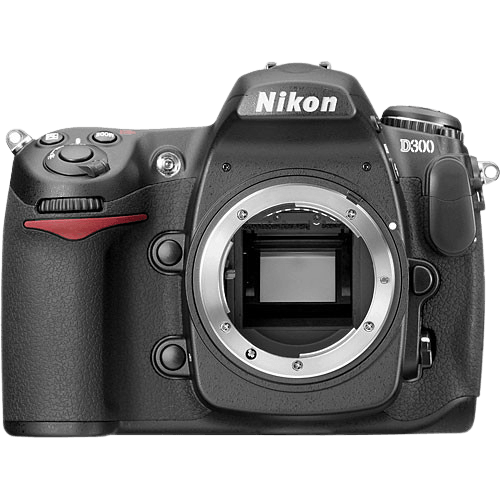Nikon D300 Specs and Scores

The Nikon D300 scores a 49/100 in our evaluation. Launched in 2007 with a price tag of $1540, this DSLR camera measures 147 x 114 x 74mm and weighs 925g or 2.04lbs. While the D300’s specifications were impressive for its time, it struggles to compete in today’s market with more advanced cameras available at similar or lower prices. The D300 remains a solid choice for those seeking a reliable DSLR, but newer models offer better value and performance.
Nikon D300 Overview and Optics
The Nikon D300 receives a score of 47/100 for its optics. With 12.3 megapixels, a shooting speed of 6 frames per second, and a CMOS sensor, the camera offers decent image quality. The Expeed processor and DXOMARK score of 67 for the sensor further support the camera’s performance. However, the APS-C sensor size and Nikon F DX lens mount may limit the camera’s capabilities in comparison to other options on the market.
The lack of image stabilization might be a drawback for some photographers, particularly when capturing fast-moving subjects or shooting in low light conditions. The 3:2 aspect ratio is standard for most DSLR cameras, allowing for versatile framing and composition.
Despite its decent specifications, the Nikon D300 may struggle to compete with newer models in today’s market. While it offers a solid foundation for photography enthusiasts, there are more advanced options available with better optics and updated features.
Nikon D300 Video Performance
The Nikon D300 lacks video capabilities. However, it possesses built-in time-lapse functionality.
Nikon D300 Features and Benefits
The Nikon D300 features score is 54 out of 100. The camera has a screen size of 3 inches, with a resolution of 922,000 dots. However, it lacks modern features such as touchscreen, flip screen, GPS, WiFi, and Bluetooth.
In today’s market, these specifications are considered outdated when compared to the latest cameras. Many competitors offer larger screens, higher resolution, and advanced connectivity options. The absence of a touchscreen and flip screen limits the user’s flexibility in composing shots and navigating the camera’s settings.
The Nikon D300 remains a reliable camera for specific needs, but it falls short in terms of features when compared to newer models. Considering the rapid advancements in camera technology, potential buyers should weigh the importance of these features before making a purchase decision.
Nikon D300 Storage and Battery
The Nikon D300 scores 43/100 in storage and battery. This camera has a single memory card slot, accepting Compact Flash (Type I or II) cards. In comparison to modern cameras, which often feature dual card slots and support for SD cards, the D300 falls short in storage flexibility.
The battery life of the Nikon D300, providing 1000 shots per charge, is respectable. It uses an EN-EL3e battery type, but lacks USB charging capabilities. This means users must carry a separate charger, which may be inconvenient for some.
Considering these specifications, the Nikon D300’s storage and battery performance are adequate, but not exceptional by today’s standards.
